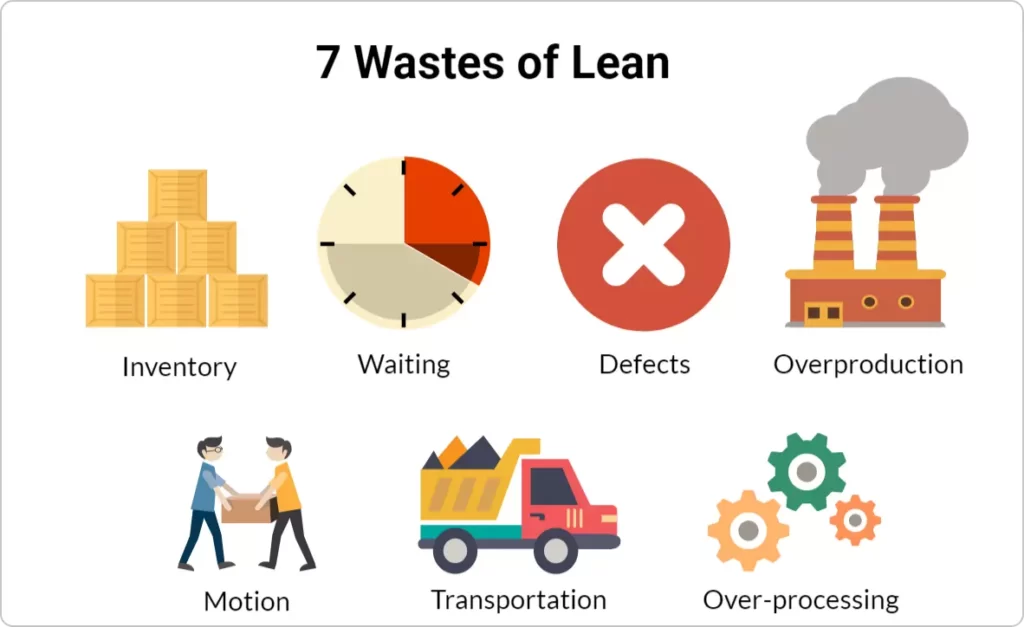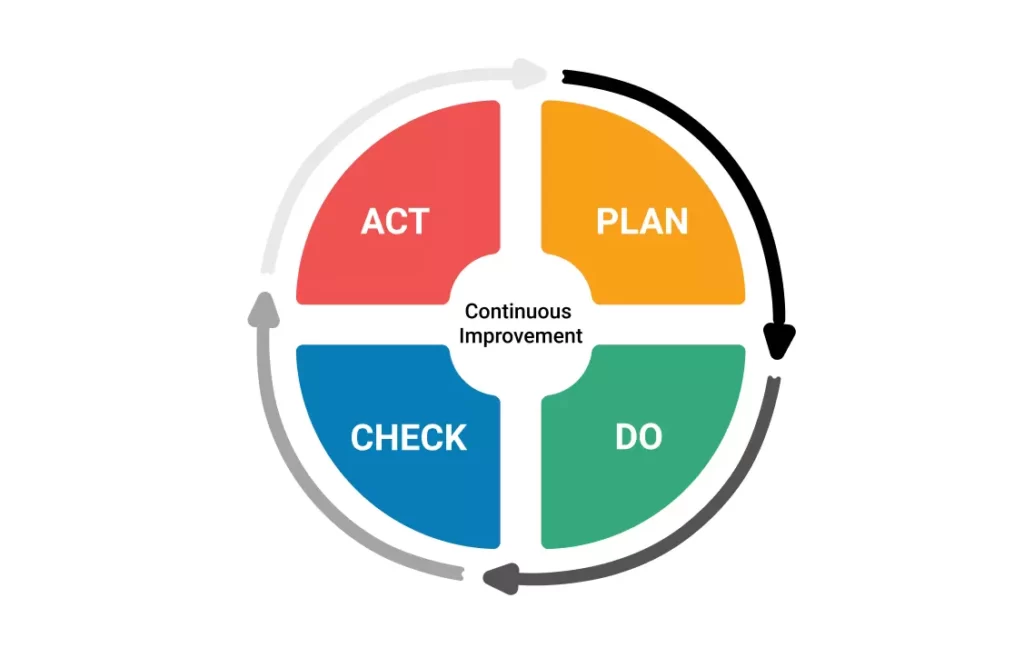How to Reduce Organizational Waste
Organizational waste can be defined as any activity, process, or practice that does not add value to the customer or the organization. It can take various forms such as time, resources, materials, or energy. Reducing organizational waste is critical for the success of any business. It helps to optimize resources, improve efficiency, reduce costs, and enhance customer satisfaction. In this article, we will explore some practical strategies for reducing organizational waste.

Identify and Measure Organizational Waste
The first step in reducing organizational waste is to identify and measure it. Waste can be classified into seven categories:
- Overproduction: Producing more than what the customer demands.
- Waiting: Time wasted waiting for materials, machines, or information.
- Transportation: Moving products or materials more than necessary.
- Processing: Using more resources or time than required to produce a product.
- Inventory: Storing excess inventory, which ties up capital.
- Motion: Unnecessary movements by people or machines.
- Defects: Producing defective products or services.
Once you have identified the waste, it is essential to measure its impact on the organization. You can use various tools such as value stream mapping, process flow charts, and Pareto charts to quantify waste.
Implement Lean Principles
Lean principles are a set of practices and tools aimed at reducing waste and increasing efficiency. The five principles of lean are:
- Value: Focus on what the customer wants and needs.
- Value stream: Identify all the steps required to deliver the product or service to the customer.
- Flow: Ensure that the product or service flows smoothly through the process.
- Pull: Produce only what the customer needs when they need it.
- Continuous improvement: Continuously improve the process to eliminate waste and improve efficiency.
By implementing lean principles, organizations can reduce waste, improve efficiency, and enhance customer satisfaction.
Use Technology to Automate Processes
Technology can be a powerful tool in reducing organizational waste. By automating processes, organizations can eliminate manual tasks, reduce errors, and increase efficiency. Some examples of technology that can be used to automate processes are:
- Robotic Process Automation (RPA): Software robots that can perform repetitive tasks.
- Artificial Intelligence (AI): Algorithms that can analyze data, make predictions, and automate decision-making.
- Machine Learning (ML): Algorithms that can learn from data and improve over time.
- Internet of Things (IoT): Sensors and devices that can monitor and control machines and processes.
By leveraging technology, organizations can reduce waste, improve efficiency, and enhance the quality of their products and services.
Streamline Processes
Streamlining processes involves eliminating unnecessary steps, simplifying procedures, and improving communication. By streamlining processes, organizations can reduce waste, improve efficiency, and enhance customer satisfaction. Some practical ways to streamline processes are:
- Standardize procedures: Develop standard procedures for all processes to ensure consistency and eliminate variations.
- Simplify forms: Use simple and easy-to-understand forms to reduce errors and improve communication.
- Minimize handoffs: Reduce the number of handoffs between people or departments to avoid delays and errors.
- Optimize layouts: Optimize the layout of workstations, machines, and equipment to reduce motion and transportation.
By streamlining processes, organizations can reduce waste, improve efficiency, and enhance customer satisfaction.
Eliminate Non-Value-Added Activities
Non-value-added activities are activities that do not add value to the customer or the organization. By eliminating non-value-added activities, organizations can reduce waste, improve efficiency, and enhance customer satisfaction. Some examples of non-value-added activities are:
- Duplication: Duplicating information or efforts that have already been completed.
- Unnecessary approvals: Requiring unnecessary approvals or signatures that do not add value.
- Excessive paperwork: Creating excessive paperwork or documentation that is not required.
- Overprocessing: Performing additional work or steps that do not add value.
By identifying and eliminating non-value-added activities, organizations can focus on activities that add value to the customer and the organization.
Implement Continuous Improvement
Continuous improvement involves identifying opportunities for improvement, implementing changes, and monitoring results. By continuously improving processes, organizations can reduce waste, improve efficiency, and enhance customer satisfaction. Some practical ways to implement continuous improvement are:
- Establish metrics: Establish metrics to measure the effectiveness of processes and identify opportunities for improvement.
- Conduct regular audits: Conduct regular audits to identify areas for improvement and opportunities to eliminate waste.
- Encourage feedback: Encourage feedback from employees and customers to identify opportunities for improvement.
- Implement changes: Implement changes based on feedback and metrics to improve processes.
By implementing continuous improvement, organizations can continuously reduce waste, improve efficiency, and enhance customer satisfaction.
Conclusion
Reducing organizational waste is critical for the success of any business (1). By identifying and measuring waste, implementing lean principles, using technology to automate processes, streamlining processes, eliminating non-value-added activities, and implementing continuous improvement, organizations can reduce waste, improve efficiency, and enhance customer satisfaction. Reducing organizational waste requires a culture of continuous improvement, where employees are encouraged to identify opportunities for improvement and implement changes. By reducing waste, organizations can optimize resources, reduce costs, and improve the quality of their products and services.


